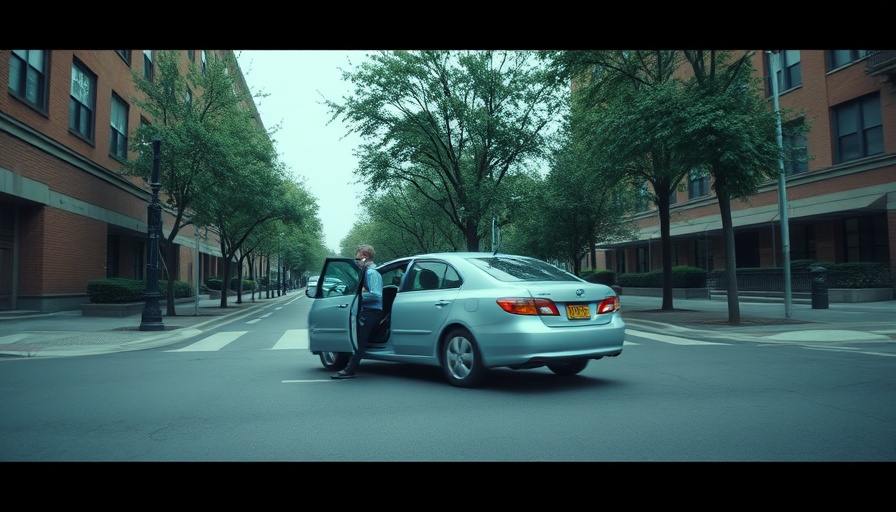
The Harrowing Incident: A Detailed Look
In an incident that raises numerous questions about police procedure and officer safety, Officer Raychel Willey's encounter with Gregory Williams highlights the unpredictable dangers law enforcement face daily. During an off-duty detail at a busy New Orleans Walmart, Willey and her partner, Officer Mikal Salahuddin, were called to assist with a minor car accident. Unbeknownst to them, they would soon be involved in a life-threatening encounter with a man suffering from an apparent opioid overdose.
Security footage reveals the chaos that ensued on May 2, where officers found Williams in his vehicle, showing signs of distress and using needles typically associated with drug use. After administering Narcan in an attempt to reverse the overdose, the officers reported a marked change in behavior from Williams, leading him to flee the scene while Willey remained dangerously positioned at the car's door.
A Closer Look at Officer Safety and Training
This case underscores critical elements of police training and officer safety protocols. Officer Willey's actions reflect a commitment to duty, yet they also highlight potential gaps in law enforcement training related to handling overdoses and high-pressure situations. As police departments across the country adapt to the rising number of opioid-related incidents, the need for enhanced training programs that focus on de-escalation techniques and situational awareness becomes apparent.
Understanding the Implications of Police Use of Force
When Williams sped off, dragging Officer Willey with him, the situation escalated rapidly. The decision to discharge her weapon came evidently from a split-second response to protect herself, but it reignites the contentious dialogue surrounding police use of force. Critics argue that such moments signify a broader pattern of police response to perceived threats, raising questions about training adequacy in high-stress incidents. Communities are divided on how law enforcement can maintain safety without infringing on civil rights, particularly in cases involving crisis situations like drug overdoses.
The Officer’s Journey: What Comes Next?
Following the incident, both Officer Willey and the pedestrian whom Williams hit required medical attention. Reports indicate Willey has been reassigned to desk duty pending her recovery. This incident not only emphasizes the immediate physical risks officers face, but it also highlights the long-term emotional toll such events can have on law enforcement personnel. In the wake of traumatic experiences, officer wellness programs become essential for ensuring mental health sustainability in police work.
Public Safety and Community Relations: A Path Forward
Community safety and police accountability are intertwined in the aftermath of incidents like these. With ongoing discussions about police reform, agencies must consider how their responses during crisis situations affect public perception and community trust. Increased transparency in police training and operational methods can foster a more collaborative relationship between law enforcement and the communities they serve. This situation presents an opportunity for police leadership to engage in conversations around strategies that may better prepare officers for handling similar emergencies in the future.
Given the pressures surrounding public safety and police accountability, officers like Raychel Willey draw attention to the human side of law enforcement. As stories of encounters become public, it is crucial that both police departments and communities address not just the actions taken amid crises but also the support mechanisms available to officers after the immediate danger has subsided.
 Add Row
Add Row  Add
Add 

 Add Element
Add Element 




Write A Comment